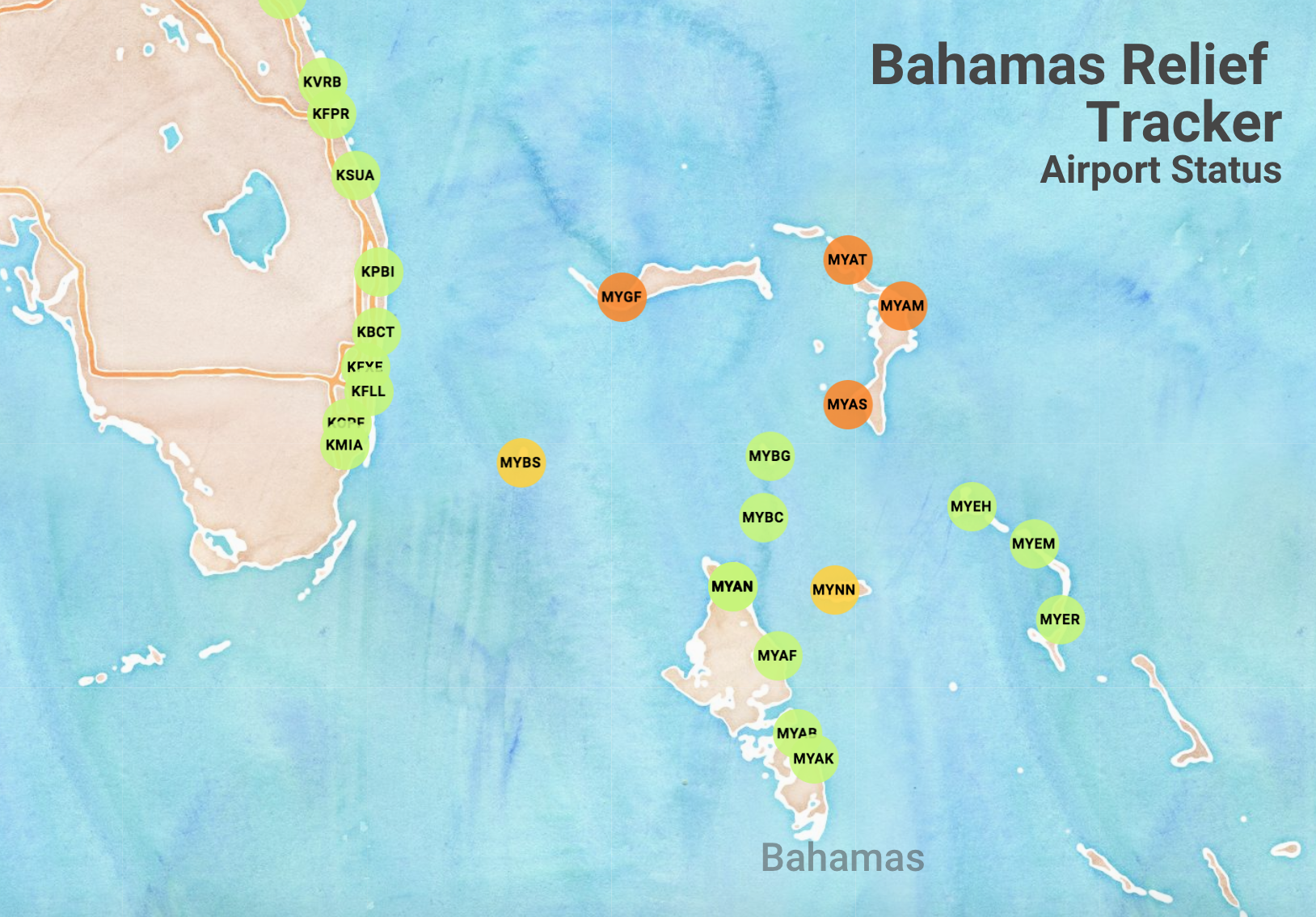Map Bahamas Airport
Every day, farmers across the world make use of the latest technologies to optimize their productivity, streamline their operations, and stay ahead of the competition. Whether it's precision agriculture, remote sensing, or big data analytics, there are always new and exciting tools available to help you grow your crops more efficiently and sustainably. One technology that's been making waves in recent years is airport mapping. Yes, you read that right - airport mapping. You might not think that an airport map would be of much use to a farmer, but in fact, it can be an incredibly valuable tool for crop monitoring and analysis. So how does airport mapping work, and what can it do for your farm? In this post, we'll explore the ins and outs of this innovative technology and how it can help you grow more food, reduce waste, and increase profitability. First of all, what exactly is airport mapping? Simply put, it's a process by which aerial imagery is captured and analyzed to create highly detailed 3D maps of airports and their surrounding areas. These maps can be used for a variety of purposes, from flight planning and navigation to security and emergency response. But what does this have to do with farming? Well, it turns out that airport mapping can also be incredibly useful for crop management. By using these highly detailed maps, farmers can get a bird's eye view of their fields, monitor crop health and growth, and identify areas that need attention. For example, let's say you're a farmer growing soybeans. With an airport map, you can quickly identify areas where the crops are at risk of disease, pest infestations, or nutrient deficiencies. You can also track the progress of your crops over time and adjust your management strategies accordingly. Another way airport mapping can benefit farmers is by helping to reduce waste. By identifying which areas of your fields are over- or under-producing, you can make more informed decisions about where to apply fertilizers, pesticides, and other inputs. This not only saves you money, but also minimizes the environmental impact of your operations. Of course, airport mapping is just one tool in the farmer's toolbox. It's important to remember that it's not a magic solution that will solve all your problems overnight. As with any technology, it takes time, effort, and expertise to make the most of it. But if you're willing to put in the work, airport mapping can be a powerful way to stay ahead of the curve and ensure the long-term success of your farm. With its ability to provide detailed insights into your crops and fields, it's a technology that's definitely worth exploring. So there you have it - a brief overview of airport mapping and how it can benefit farmers. Whether you're just getting started with precision agriculture or you're looking for new ways to optimize your operations, this technology is definitely worth considering. And remember, no matter what tools you choose to use on your farm, always keep the big picture in mind. At the end of the day, our goal as farmers is to feed the world sustainably and responsibly. By adopting innovative technologies like airport mapping, we can help make that goal a reality. 


airports-worldwide.com - bahamas airports cay

sewcanny.blogspot.com - bahamas map airport dorian tracker aviation impact status

www.pinterest.com - airport map terminal international nassau nas lynden pindling mynn overview visit rental car airportguide maps
Post a Comment for "Map Bahamas Airport"